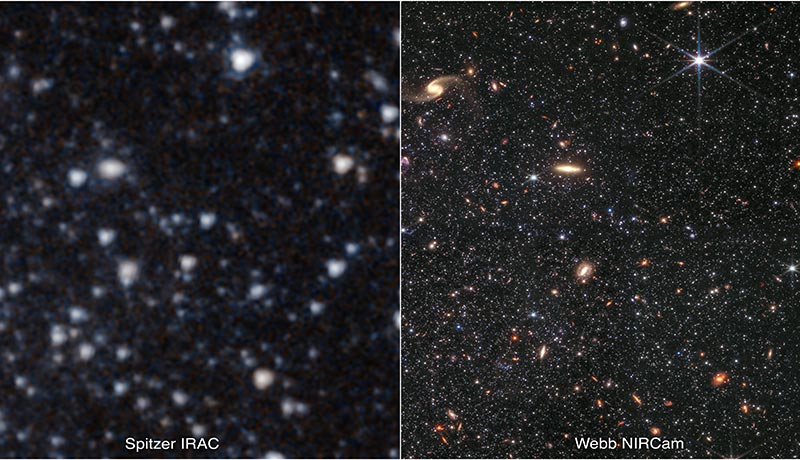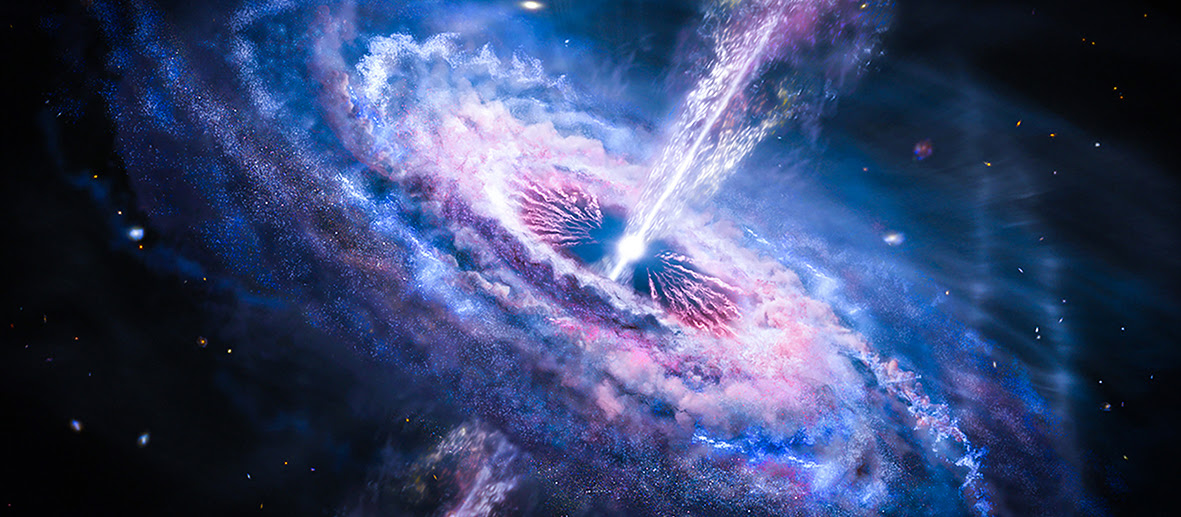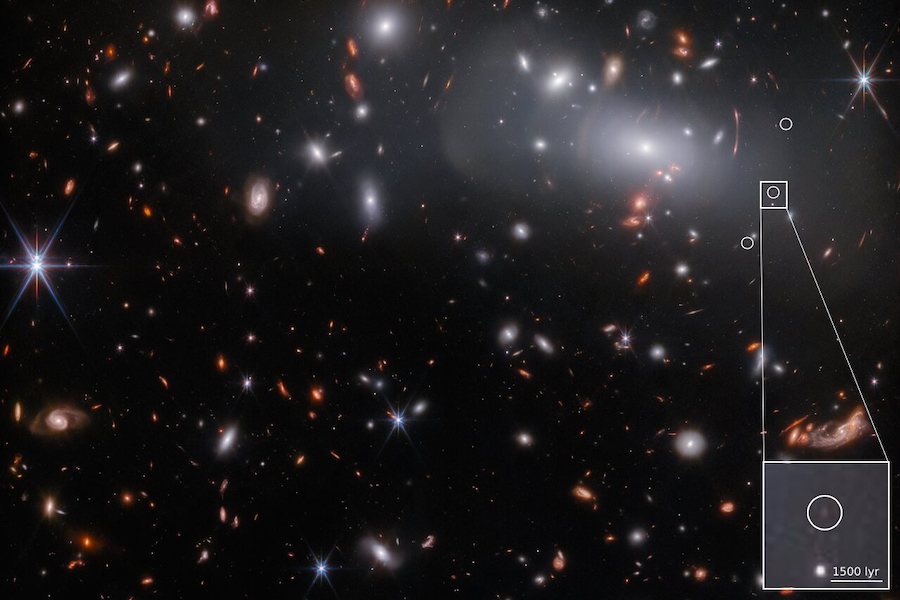Employing massive data sets collected through NASA’s James Webb Space Telescope, a research team led by a Rutgers University–New Brunswick astronomer is unearthing clues to conditions existing in the early universe. The team has catalogued the ages of stars in the Wolf–Lundmark–Melotte (WLM) galaxy, constructing the most detailed picture of it yet, according to the researchers.





